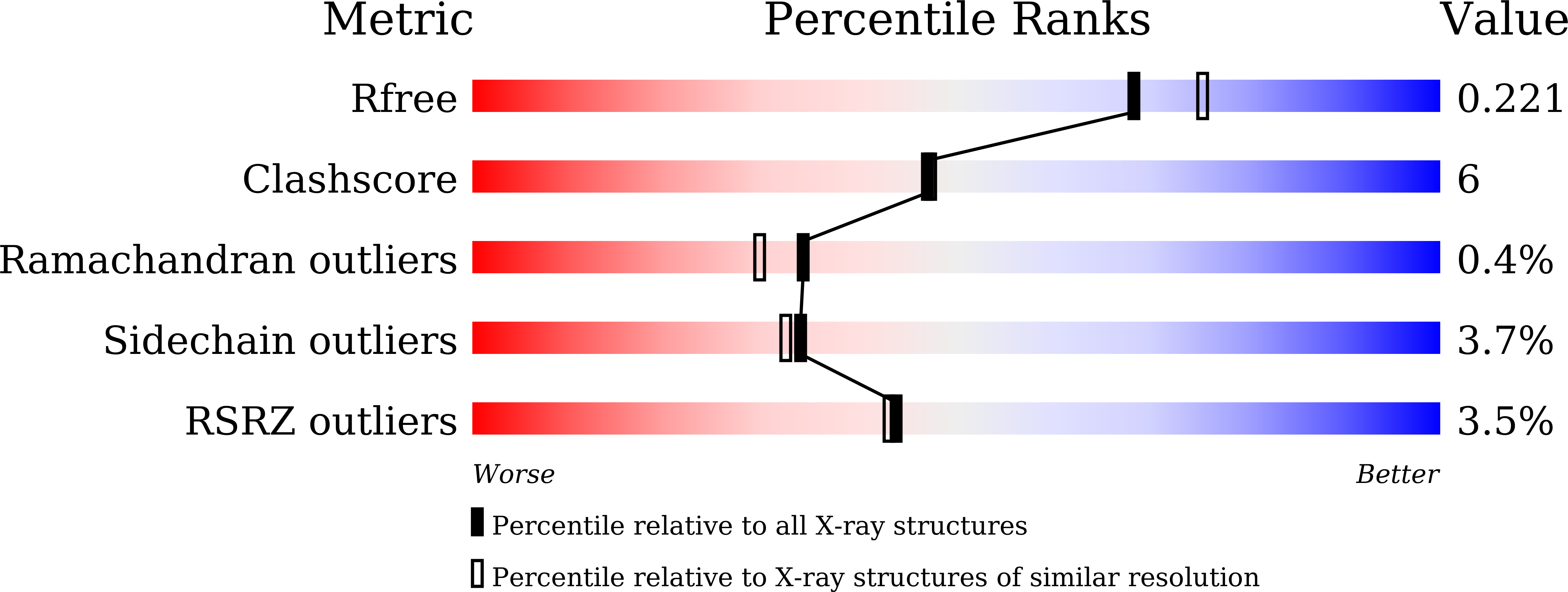Biosynthesis of Phomactin Platelet Activating Factor Antagonist Requires a Two-Enzyme Cascade.
Zhang, L., Zhang, B., Zhu, A., Liu, S.H., Wu, R., Zhang, X., Xu, Z., Tan, R.X., Ge, H.M.(2023) Angew Chem Int Ed Engl 62: e202312996-e202312996
- PubMed: 37804495
- DOI: https://doi.org/10.1002/anie.202312996
- Primary Citation of Related Structures:
8KI5, 8KIH - PubMed Abstract:
Phomactin diterpenoids possess a unique bicyclo[9.3.1]pentadecane skeleton with multiple oxidative modifications, and are good platelet-activating factor (PAF) antagonists that can inhibit PAF-induced platelet aggregation. In this study, we identified the gene cluster (phm) responsible for the biosynthesis of phomactins from a marine fungus, Phoma sp. ATCC 74077. Despite the complexity of their structures, phomactin biosynthesis only requires two enzymes: a type I diterpene cyclase PhmA and a P450 monooxygenase PhmC. PhmA was found to catalyze the formation of the phomactatriene, while PhmC sequentially catalyzes the oxidation of multiple sites, leading to the generation of structurally diverse phomactins. The rearrangement mechanism of the diterpene scaffold was investigated through isotope labeling experiments. Additionally, we obtained the crystal complex of PhmA with its substrate analogue FGGPP and elucidated the novel metal-ion-binding mode and enzymatic mechanism of PhmA through site-directed mutagenesis. This study provides the first insight into the biosynthesis of phomactins, laying the foundation for the efficient production of phomactin natural products using synthetic biology approaches.
Organizational Affiliation:
State Key Laboratory of Pharmaceutical Biotechnology, Department of Neurology, Nanjing Drum Tower Hospital, School of Life Sciences, Chemistry and Biomedicine Innovation Center (ChemBIC), Nanjing University, Nanjing, 210023, China.















